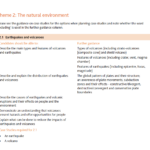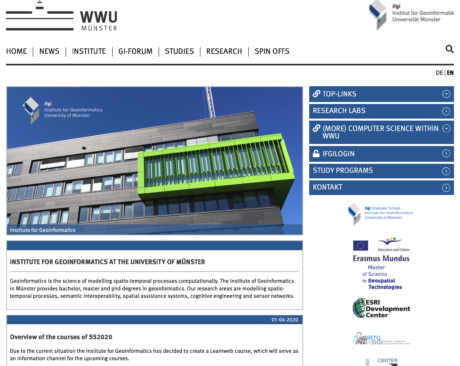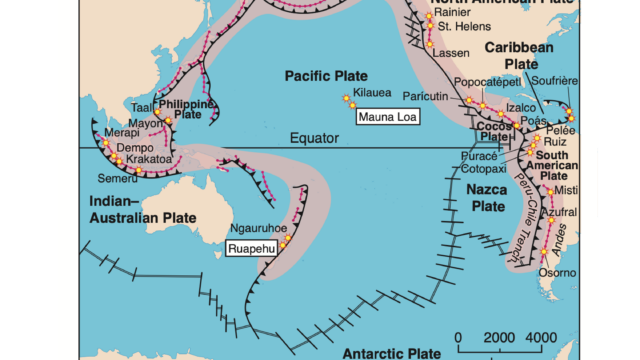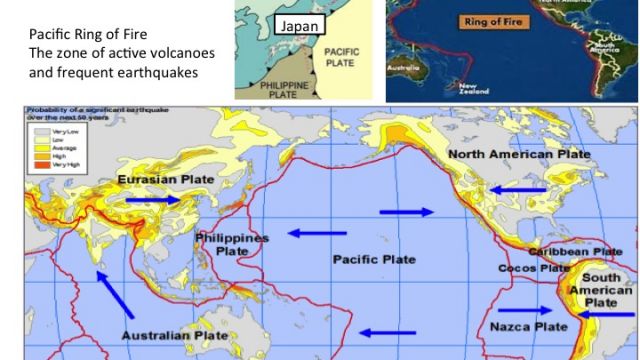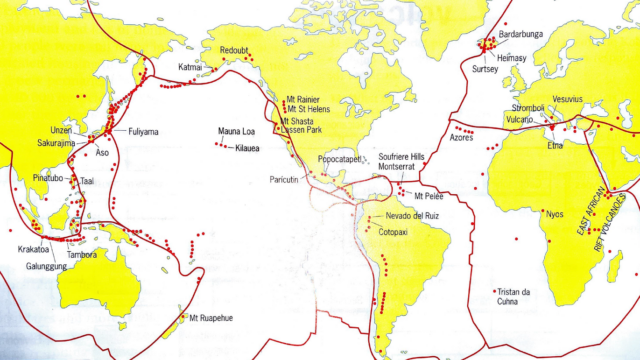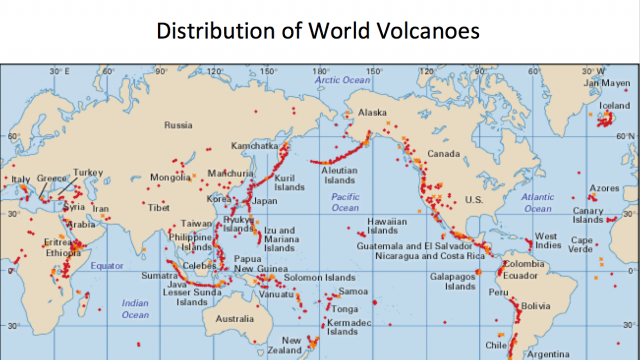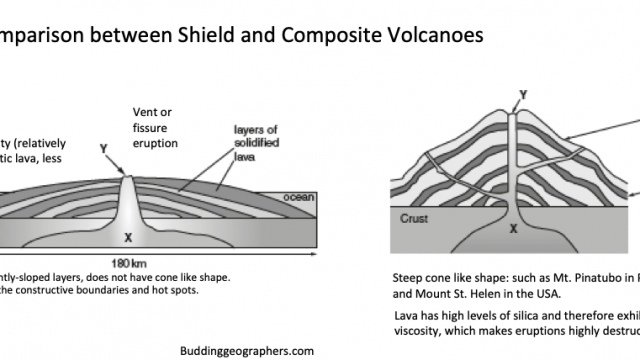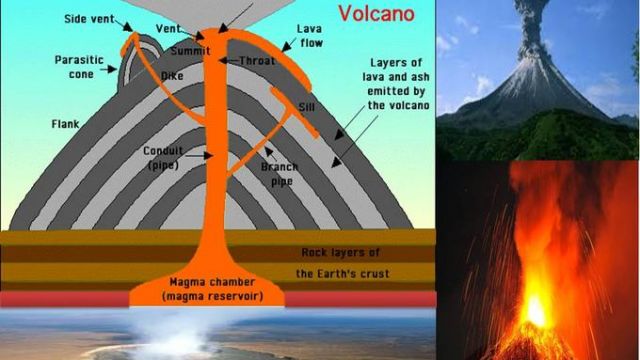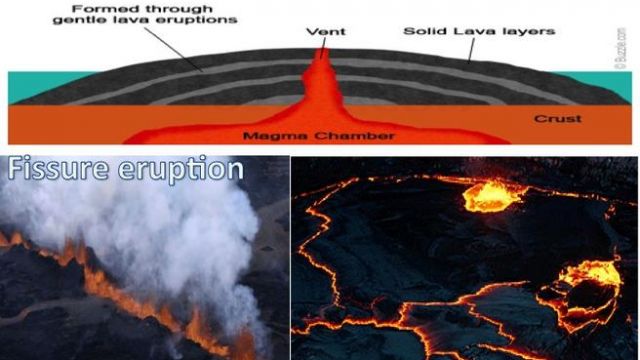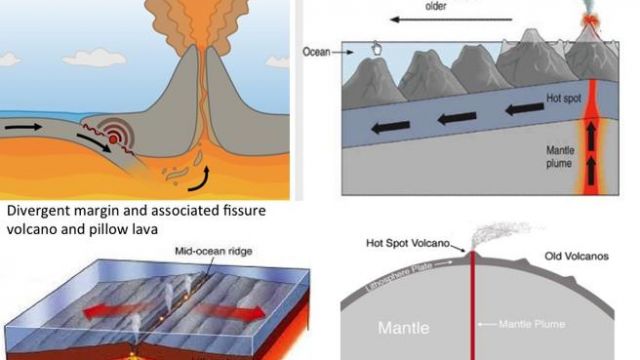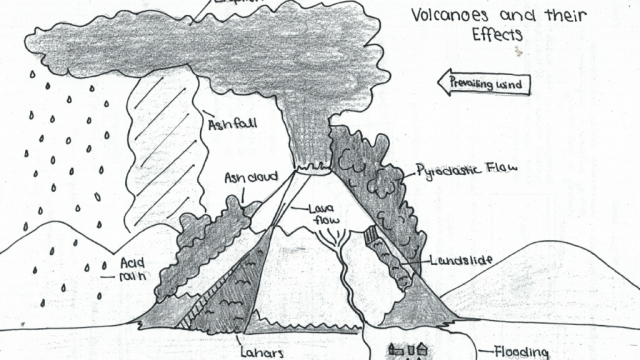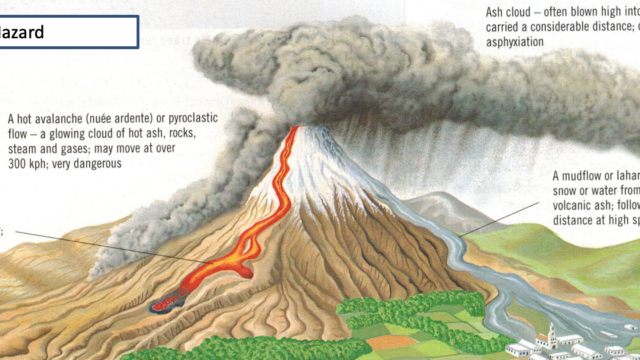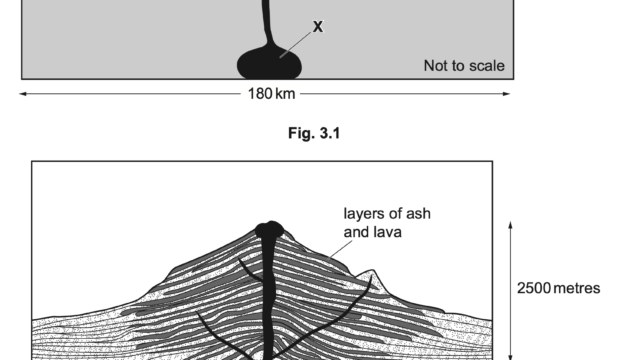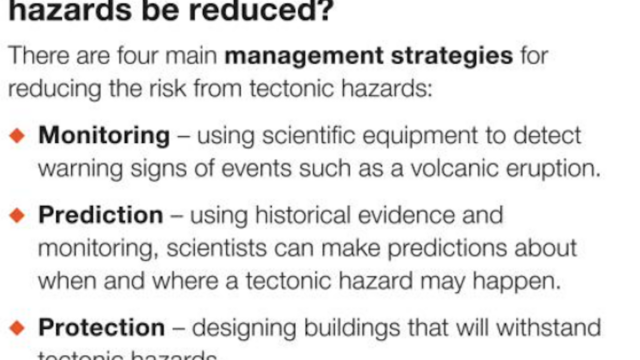Hazards associated with tectonic events
Earthquake and related hazards– ground displacement, landslides, liquefaction, tsunami, destruction and loss of lives and property.
Volcano and related hazards– explosive blast, lava flows, ash flows and ash falls, mud flows, lahar, hot avalanches or Nuées ardentes, ground displacement, landslides, climate change, destruction, loss of lives and property etc.
Why do people live near volcanoes?
More than 500 million people (approximately 7% of the world population ) live close to volcanoes and in areas at risk from volcanic hazards. Major cities like Mexico City in Mexico is only 50 miles away from the active volcano of Popocatapetl.
| Fertile soil | Volcanic rocks are rich in minerals, but when the rocks are fresh the minerals are not available to plants. The rocks need thousands of years to become weathered and broken down before they form rich soils. The slopes of Vesuvius in Italy have very productive soils. The area is intensively cultivated and produces grapes, vegetables, herbs, flowers and has become a major tomato growing region. |
| Mineral Mining | Most of the metallic minerals mined around the world, particularly copper, gold, silver, lead and zinc are associated with rocks found deep below extinct volcanoes. Most of sulfur mine is located around active volcanoes. |
| Tourism | Volcanoes and related features like hot springs, bubbling mud pools and steam vents and geysers are always popular tourist attractions, such as Old Faithful in the Yellowstone National Park, US attract millions of visitors every year. Tourism creates jobs and supports local economy. |
| Geothermal energy | It is derived from the Earth’s internal heat. Tapping of naturally occurring hydrothermal convection to generate electricity is very common in Iceland and in New Zealand. It is commonly used for heating and cooking. |
| Others | Overcrowding and shortage of land, Poverty, inertia to relocate and boding to the soil etc. |
What can be done to minimize the risk from volcanoes?
| Lava flow diversion | Canal or lava channel is dug to divert lava flow. |
| Cooling of lava to stop flowing | Salty water is sprayed to cool down and solidify lava |
| Mudflow barrier | Walls built across valleys to trap mudflows to protect settlements and property. |
| Volcano monitoring | Research aircraft, satellites and remote sensing, observation borehole measures composition of escaping gases, changes in temperatures and swelling of ground. Magnetometer measures changes in local magnetic fields. |
| Hazard mapping and planning | Past pattern of eruption is projected to predict the future prediction. High risk areas are identified to increase community preparedness and mitigation responses. Mitigation is the effort to reduce loss of life and property by lessening the impact of disaster. |

